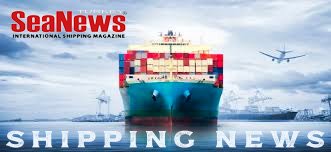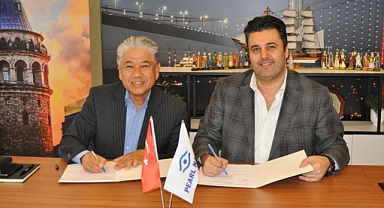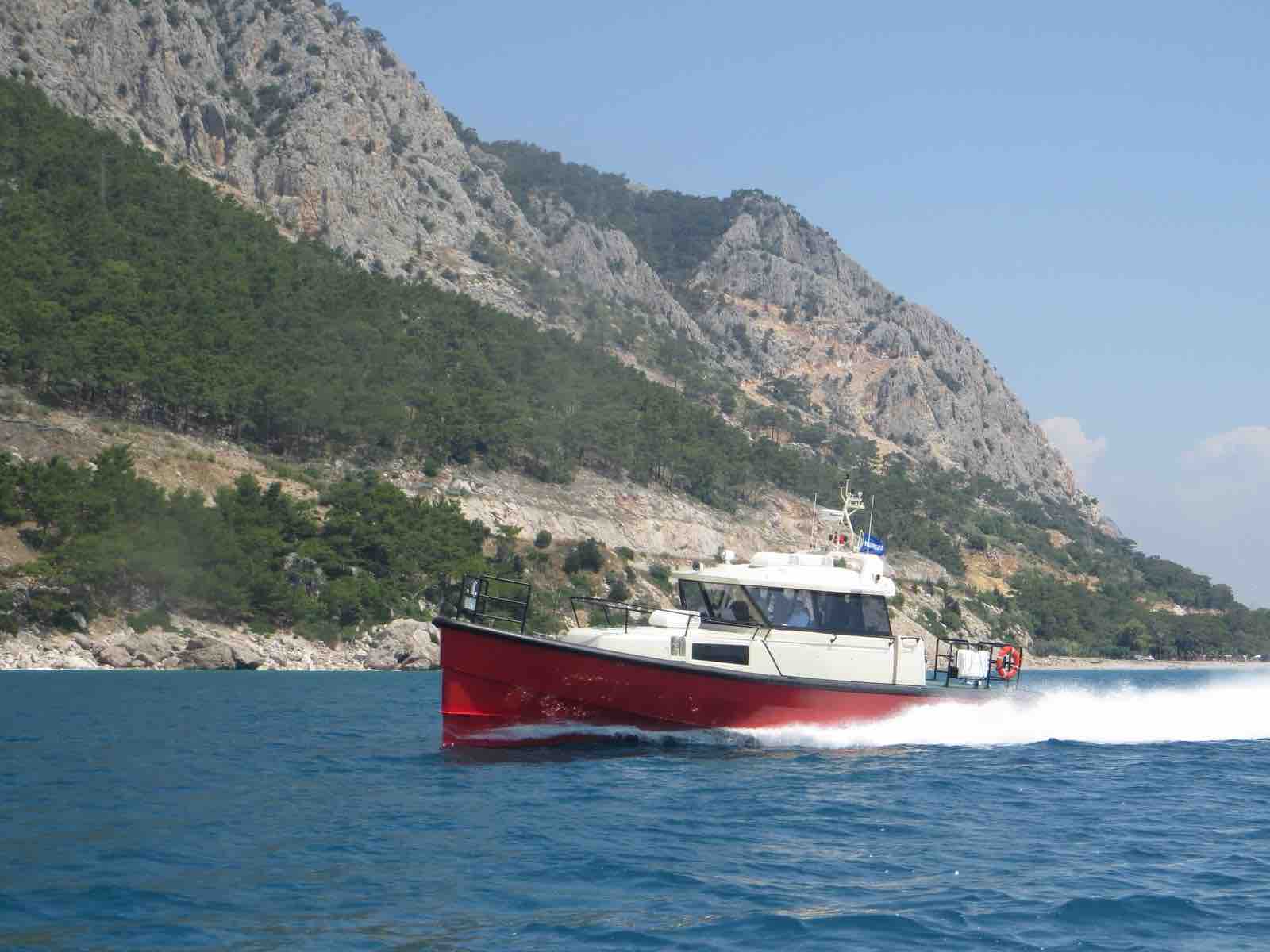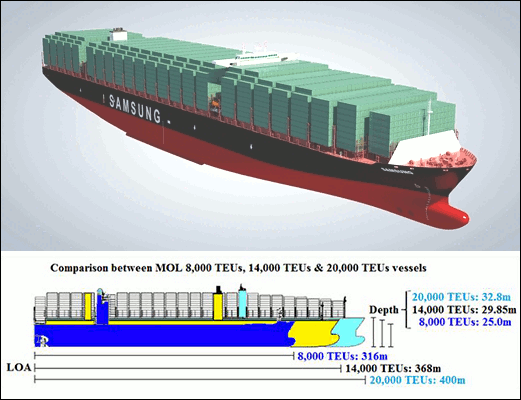EXPORTERS in sri Lanka are currently facing another crisis as they are hit with increased freight rates with terrorist attacks on ships via the Red Sea since shipping companies insist on charging more when some vessels reroute and insurance premiums are also set to rise that could impact buying patterns in future.
Sri Lankan exporters like all others globally are forced to increase the prices and this comes hot on the heels of the recently added 18 per cent VAT on exports, which came in effect on January 1, making the country's exports more uncompetitive globally.
At the moment although increased costs are being absorbed future orders will increase costs by about 300 per cent as freight rates that were at US$600 per TEU will increase by $1,500 per TEU, National Chamber of Exporters (NCE) President Jayantha Karunaratne told Colombo's Business Times.
The cost of shipping goods through the Red Sea had risen as a result of the Yemen's Houthis (rebels) setting up attacks on ships they deem connected to Israel, it was reported. This is an outcome of their protest against Israel's invasion of Gaza.
Meanwhile, it has been reported that the London insurance market has listed the southern Red Sea among its high-risk areas and ships need to notify their insurer when sailing through such areas and pay additional premium typically for a seven-day cover period.
The shipping route via the Red Sea accounts for nearly 12 per cent of global trade and 30 per cent of global shipping container volumes and this is the main passage that connects to the US and the Europe.
Mr Karunaratne said that shipping lines will decide on the best routes to take and would sometimes even consider re-routing via the Cape of Good Hope that will add to the costs and take more time to travel that will increase costs on fuel. The increased costs will also likely lead to buyers reducing volumes.
SeaNews Turkey
Sri Lankan exporters like all others globally are forced to increase the prices and this comes hot on the heels of the recently added 18 per cent VAT on exports, which came in effect on January 1, making the country's exports more uncompetitive globally.
At the moment although increased costs are being absorbed future orders will increase costs by about 300 per cent as freight rates that were at US$600 per TEU will increase by $1,500 per TEU, National Chamber of Exporters (NCE) President Jayantha Karunaratne told Colombo's Business Times.
The cost of shipping goods through the Red Sea had risen as a result of the Yemen's Houthis (rebels) setting up attacks on ships they deem connected to Israel, it was reported. This is an outcome of their protest against Israel's invasion of Gaza.
Meanwhile, it has been reported that the London insurance market has listed the southern Red Sea among its high-risk areas and ships need to notify their insurer when sailing through such areas and pay additional premium typically for a seven-day cover period.
The shipping route via the Red Sea accounts for nearly 12 per cent of global trade and 30 per cent of global shipping container volumes and this is the main passage that connects to the US and the Europe.
Mr Karunaratne said that shipping lines will decide on the best routes to take and would sometimes even consider re-routing via the Cape of Good Hope that will add to the costs and take more time to travel that will increase costs on fuel. The increased costs will also likely lead to buyers reducing volumes.
SeaNews Turkey









